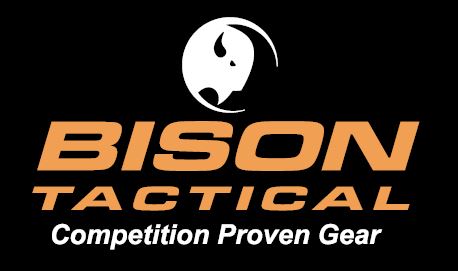So, I'm almost embarrassed to post this question, but after an admittedly quick search I couldn't really find anything on this. I currently own a couple of very nice production bolt action rifles, which I plan to continue to shoot. However, eventually I hope to step up to a custom rifle - particularly since I'm a southpaw and would love to have a left handed gun. I might even begin to start looking for parts now - particularly if I can find something used through this forum. However, I am pretty ignorant about this whole process. So I have a couple of questions, some of which may be pretty dumb.
1. I assume the major components I'm going to need to eventually have someone assemble a rifle are the following:
(a) an action
(b) a barrel
(c) a trigger
(d) a chassis/stock
(e) muzzle brake
Have I left anything out?
2. How do I insure chassis and action and chassis and barrel will work together? Are most custom action similar to a Remington 700 action and so that stocks inlet for that action will work? Do I need to contact each mfg. individually? Same with barrels. Do I have to worry about different barrel profiles?
3. Do I also have to worry about how trigger and action mate up? Again, are most actions built to be similar to Remington 700 so you have a wide choice of triggers?
4. Can I change caliber simply by changing barrel and bolt? So if a burn through a 6.5CM barrel and decide I want to try another caliber, can I just have someone rebarrel and change the bolt, or will I need a new action as well?
5. Assuming I want to assemble all the parts myself and get an Impact Precision or Defiance action and a pre-fit barrel, how easy is the barrel install? Is this something I could do myself, or should I still get a competent gunsmith to put this together - keeping in mind that this will be my first time trying to assemble a precision rifle?
The goal is to be able to choose top quality components and personalize my build, but also to potentially pick up some of these components used rather than simply going to a top gunsmith and saying "build me a rifle" using all new parts.
1. I assume the major components I'm going to need to eventually have someone assemble a rifle are the following:
(a) an action
(b) a barrel
(c) a trigger
(d) a chassis/stock
(e) muzzle brake
Have I left anything out?
2. How do I insure chassis and action and chassis and barrel will work together? Are most custom action similar to a Remington 700 action and so that stocks inlet for that action will work? Do I need to contact each mfg. individually? Same with barrels. Do I have to worry about different barrel profiles?
3. Do I also have to worry about how trigger and action mate up? Again, are most actions built to be similar to Remington 700 so you have a wide choice of triggers?
4. Can I change caliber simply by changing barrel and bolt? So if a burn through a 6.5CM barrel and decide I want to try another caliber, can I just have someone rebarrel and change the bolt, or will I need a new action as well?
5. Assuming I want to assemble all the parts myself and get an Impact Precision or Defiance action and a pre-fit barrel, how easy is the barrel install? Is this something I could do myself, or should I still get a competent gunsmith to put this together - keeping in mind that this will be my first time trying to assemble a precision rifle?
The goal is to be able to choose top quality components and personalize my build, but also to potentially pick up some of these components used rather than simply going to a top gunsmith and saying "build me a rifle" using all new parts.


